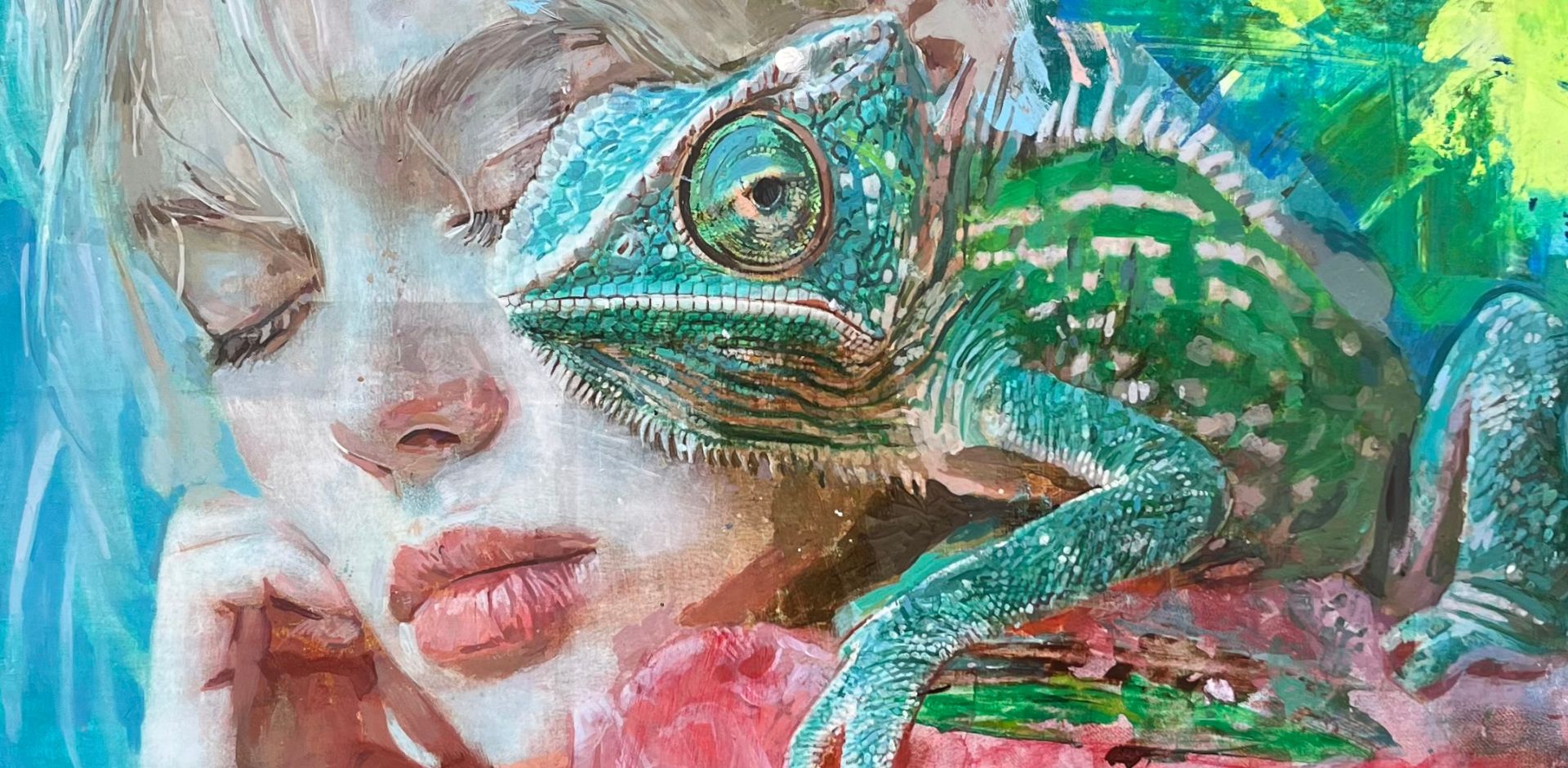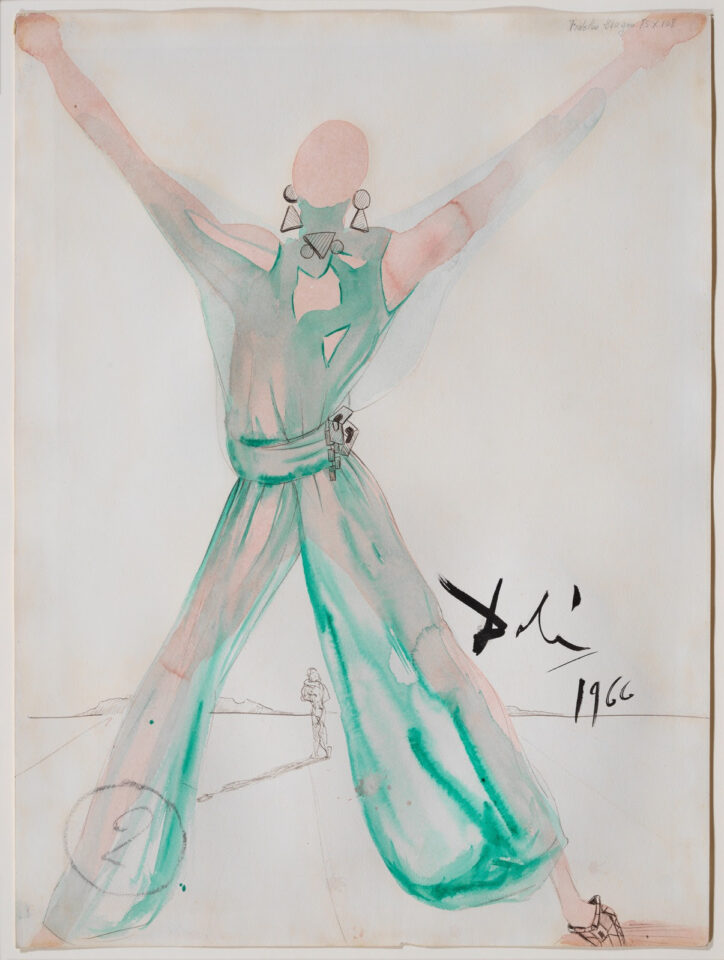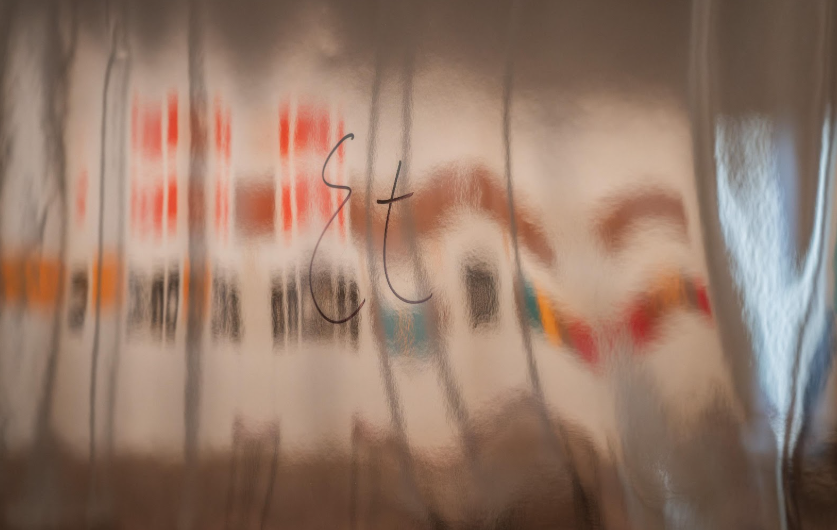Visatges. Dominika Berger
What is a face? Portraits, as we know, occupy a prominent place in Dominika Berger’s painting, but above all, they play a fundamental role in the reasoning behind her art. Baudelaire wrote in The Romantic Art: “… a good portrait always seems to me a dramatized biography, or rather the natural drama inherent in any man.” Every portrait is a kind of mirror. But what kind of portrait? Who resembles whom? Do images resemble their models (are there even models, in fact?), or do the models resemble each other? Are we dealing with self-portraits?
But, to return to the thread: what can truly be seen in a painting by Dominika Berger? What is really expressed in it? What is a painting, if not a visibility shaped by the invisible? Or by transparency. Isn’t the painting the excess of the object that strips it bare? In her work, there are no abrupt changes, few dramatic turns, but rather many renewed intentions, inquiries yet to be resolved—a play of variations and subtle shifts, sometimes minimal, on a recurring yet always reinvented theme: the face. Where surprise is total each time, and is combined with the pleasure of hearing the theme once more. But there are faces that resist—or rather, that fade, that seem to blur, as if the point were not to insist, to suggest a culmination in whiteness, to “create emptiness” in order to retain only the essential. What is revealed—by no means clearly—is neither the specificity of the human face nor the practice of portraiture as we traditionally understand it through her paintings.
Portraits like these do not offer us comfort. We cannot pretend to read any certainties in them. They could never be recognizable, never identical to their model. Might painting be, ultimately, painting in order to no longer have a face? Might painting be the act of scrutinizing—scrutinizing oneself? Indeed, in many of her works, Dominika Berger treats reality as a memory from which the secret cannot emerge. This kind of interference, this erasure of the visible, illustrates a fundamental aspect of her art. A double, duplicitous painting: within the same chromatic space, she shifts the viewer’s gaze from one state of the visible to another, leading it from a reality of images to a blurring of vision. The aesthetic experience is that dark, material, intimate relation: a physical, immeasurable relationship that evokes the memory of the eye. And it is precisely there that the true intrigue of Dominika Berger’s approach lies: an ever-active stripping away of existence.




